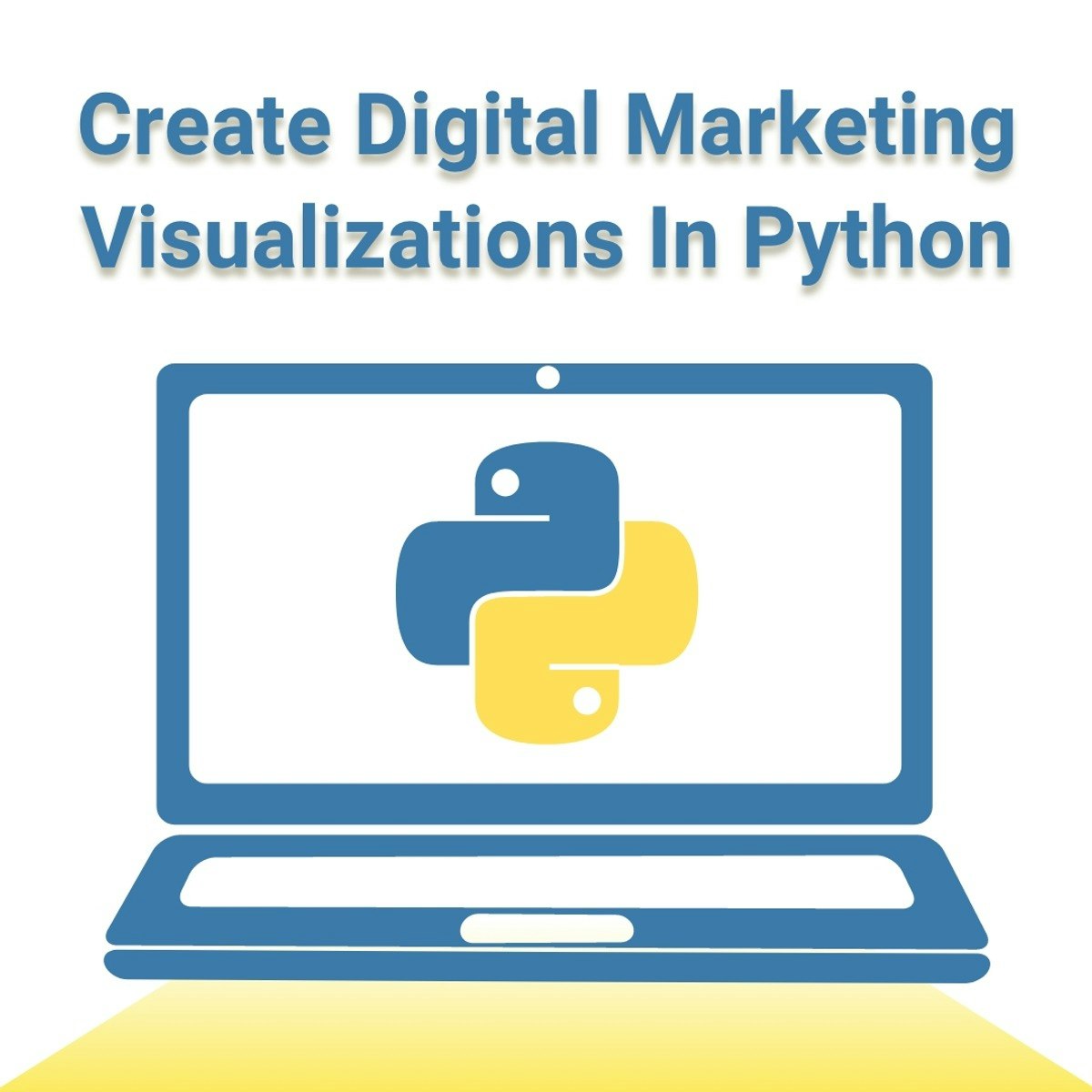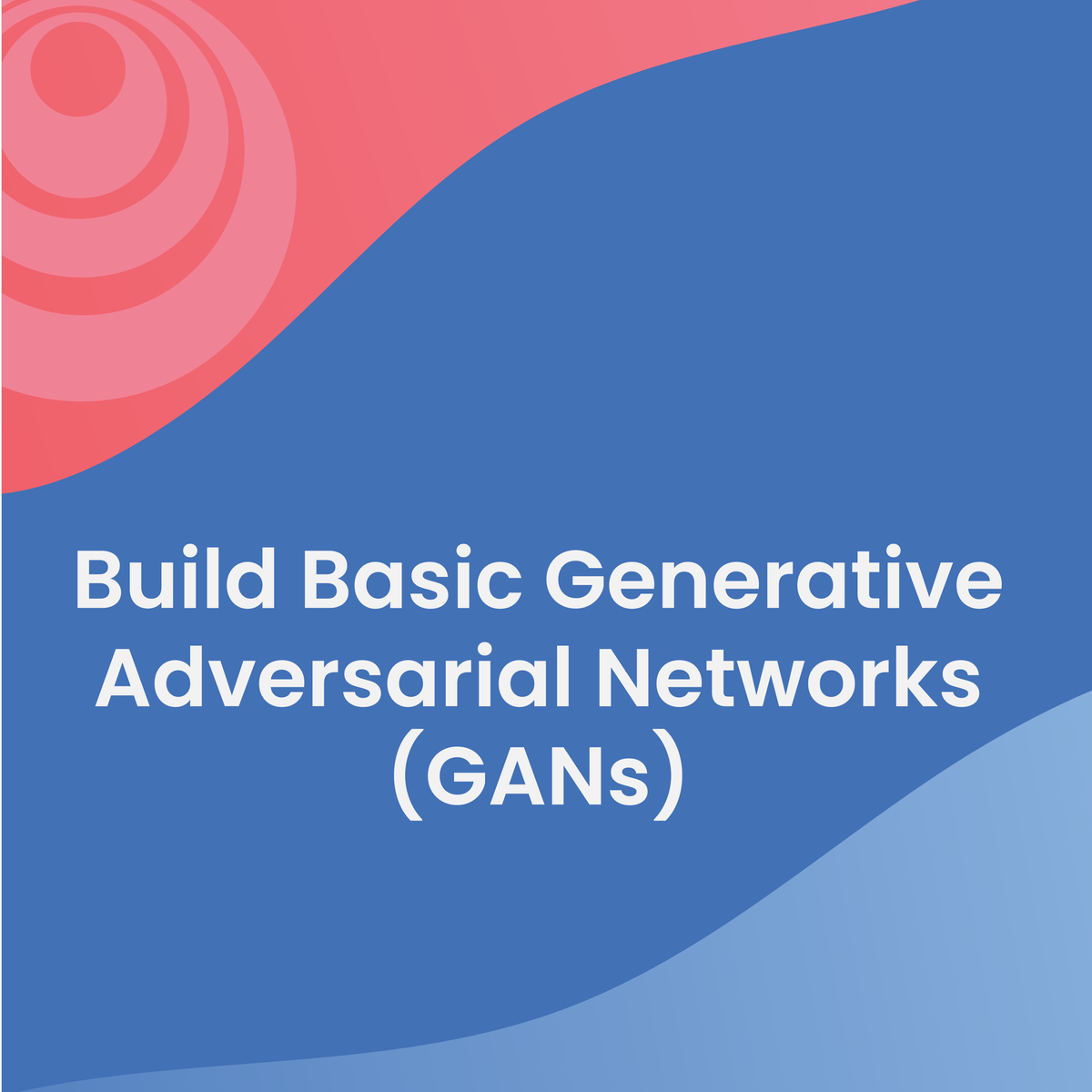Back to Courses









Algorithms Courses - Page 11
Showing results 101-110 of 326

Siamese Network with Triplet Loss in Keras
In this 2-hour long project-based course, you will learn how to implement a Triplet Loss function, create a Siamese Network, and train the network with the Triplet Loss function. With this training process, the network will learn to produce Embedding of different classes from a given dataset in a way that Embedding of examples from different classes will start to move away from each other in the vector space.
This course runs on Coursera's hands-on project platform called Rhyme. On Rhyme, you do projects in a hands-on manner in your browser. You will get instant access to pre-configured cloud desktops containing all of the software and data you need for the project. Everything is already set up directly in your Internet browser so you can just focus on learning. For this project, you’ll get instant access to a cloud desktop with (e.g. Python, Jupyter, and Tensorflow) pre-installed.
Prerequisites:
In order to be successful in this project, you should be familiar with Python, Keras, Neural Networks.
Notes:
- You will be able to access the cloud desktop 5 times. However, you will be able to access instructions videos as many times as you want.
- This course works best for learners who are based in the North America region. We’re currently working on providing the same experience in other regions.

Create a Supermarket app using Java OOP
In this 1-hour long project-based course, you will learn how to use object-oriented programming concepts, design and implement a class based on the project needs and how to run and test the app that you implemented
Note: This course works best for learners who are based in the North America region. We’re currently working on providing the same experience in other regions.

Unsupervised Algorithms in Machine Learning
One of the most useful areas in machine learning is discovering hidden patterns from unlabeled data. Add the fundamentals of this in-demand skill to your Data Science toolkit. In this course, we will learn selected unsupervised learning methods for dimensionality reduction, clustering, and learning latent features. We will also focus on real-world applications such as recommender systems with hands-on examples of product recommendation algorithms.
Prior coding or scripting knowledge is required. We will be utilizing Python extensively throughout the course. College-level math skills, including Calculus and Linear Algebra, are needed. It is recommended, but not required, to take the first course in the specialization, Introduction to Machine Learning: Supervised Learning.
This course can be taken for academic credit as part of CU Boulder’s Master of Science in Data Science (MS-DS) degree offered on the Coursera platform. The MS-DS is an interdisciplinary degree that brings together faculty from CU Boulder’s departments of Applied Mathematics, Computer Science, Information Science, and others. With performance-based admissions and no application process, the MS-DS is ideal for individuals with a broad range of undergraduate education and/or professional experience in computer science, information science, mathematics, and statistics. Learn more about the MS-DS program at https://www.coursera.org/degrees/master-of-science-data-science-boulder.
Course logo image by Ryan Wallace on Unsplash.

Create Digital Marketing Visualizations in Python
Visualizing data is an in-demand skill in many areas of business but particularly in digital marketing. With more and more data available to digital marketers, explaining what to do with it thru well-crafted visualizations shows not only prowess in a data language, but a keen insight into customers and what they are looking for in the products and services we provide. In this project, learners will learn how to create tables, line graphs, bar charts, and scatter plots. We will walk thru each visualization simply and then with a slight uptick. We will learn Python syntax, and other helpful Python do’s and don’t’s along the way

Algorithms for DNA Sequencing
We will learn computational methods -- algorithms and data structures -- for analyzing DNA sequencing data. We will learn a little about DNA, genomics, and how DNA sequencing is used. We will use Python to implement key algorithms and data structures and to analyze real genomes and DNA sequencing datasets.

Create Your First Python Program From UST
Welcome to this Guided Project on Creating Your First Python Program, From UST.
For more than 20 years, UST has worked side by side with the world’s best companies to make a real impact through transformation. Powered by technology, inspired by people and led by their purpose, they partner with clients from design to operation.
With this Guided Project from UST, you can quickly build in-demand job skills and expand your career opportunities in the Computer Science field by learning the foundational elements of the Python programming language and its basic syntax.
Python is a computer programming language often used to build websites and software, automate tasks, and conduct data analysis. Python is a general purpose language, meaning it can be used to create a variety of different programs and isn’t specialized for any specific problems. This versatility, along with its beginner-friendliness, has made it one of the most-used programming languages today.
Through hands-on, practical experience, you will be guided through concepts that Python Programmers use every day to perform their job duties, like using the Terminal and a Text Editor.
Together, we will explore how to use variables, create functions, lists and conditional statements, as well as utilize For and While loops. You will then apply the concepts to create your first command line application which will manage a To-Do List.
This project is great for learners who are looking to get started with Python programming, and do not have any prior programming experience. By the end of this Guided Project, you should feel more confident about working with the Python language, understanding what it is used for, and have confirmed your skills by creating your own to-do list, which can be used for showing an employer or making your routine daily tasks more efficient through automation.
Ready to become a Programmer? Start learning Python today!

Analysing Covid-19 Geospatial data with Python
In this one-hour guided project, you will learn how to process geospatial data using Python. We will go through different geoprocessing tasks including how to create Geodataframes from CSV files and perform a spatial join.

Build Basic Generative Adversarial Networks (GANs)
In this course, you will:
- Learn about GANs and their applications
- Understand the intuition behind the fundamental components of GANs
- Explore and implement multiple GAN architectures
- Build conditional GANs capable of generating examples from determined categories
The DeepLearning.AI Generative Adversarial Networks (GANs) Specialization provides an exciting introduction to image generation with GANs, charting a path from foundational concepts to advanced techniques through an easy-to-understand approach. It also covers social implications, including bias in ML and the ways to detect it, privacy preservation, and more.
Build a comprehensive knowledge base and gain hands-on experience in GANs. Train your own model using PyTorch, use it to create images, and evaluate a variety of advanced GANs.
This Specialization provides an accessible pathway for all levels of learners looking to break into the GANs space or apply GANs to their own projects, even without prior familiarity with advanced math and machine learning research.

Trees and Graphs: Basics
Basic algorithms on tree data structures, binary search trees, self-balancing trees, graph data structures and basic traversal algorithms on graphs. This course also covers advanced topics such as kd-trees for spatial data and algorithms for spatial data.
Trees and Graphs: Basics can be taken for academic credit as part of CU Boulder’s Master of Science in Data Science (MS-DS) degree offered on the Coursera platform. The MS-DS is an interdisciplinary degree that brings together faculty from CU Boulder’s departments of Applied Mathematics, Computer Science, Information Science, and others. With performance-based admissions and no application process, the MS-DS is ideal for individuals with a broad range of undergraduate education and/or professional experience in computer science, information science, mathematics, and statistics. Learn more about the MS-DS program at https://www.coursera.org/degrees/master-of-science-data-science-boulder.
Practicing for the SAS Programming Certification Exam
In this course you have the opportunity to use the skills you acquired in the two SAS programming courses to solve realistic problems. This course is also designed to give you a thorough review of SAS programming concepts so you are prepared to take the SAS Certified Specialist: Base Programming Using SAS 9.4 Exam.
Popular Internships and Jobs by Categories
Browse
© 2024 BoostGrad | All rights reserved


